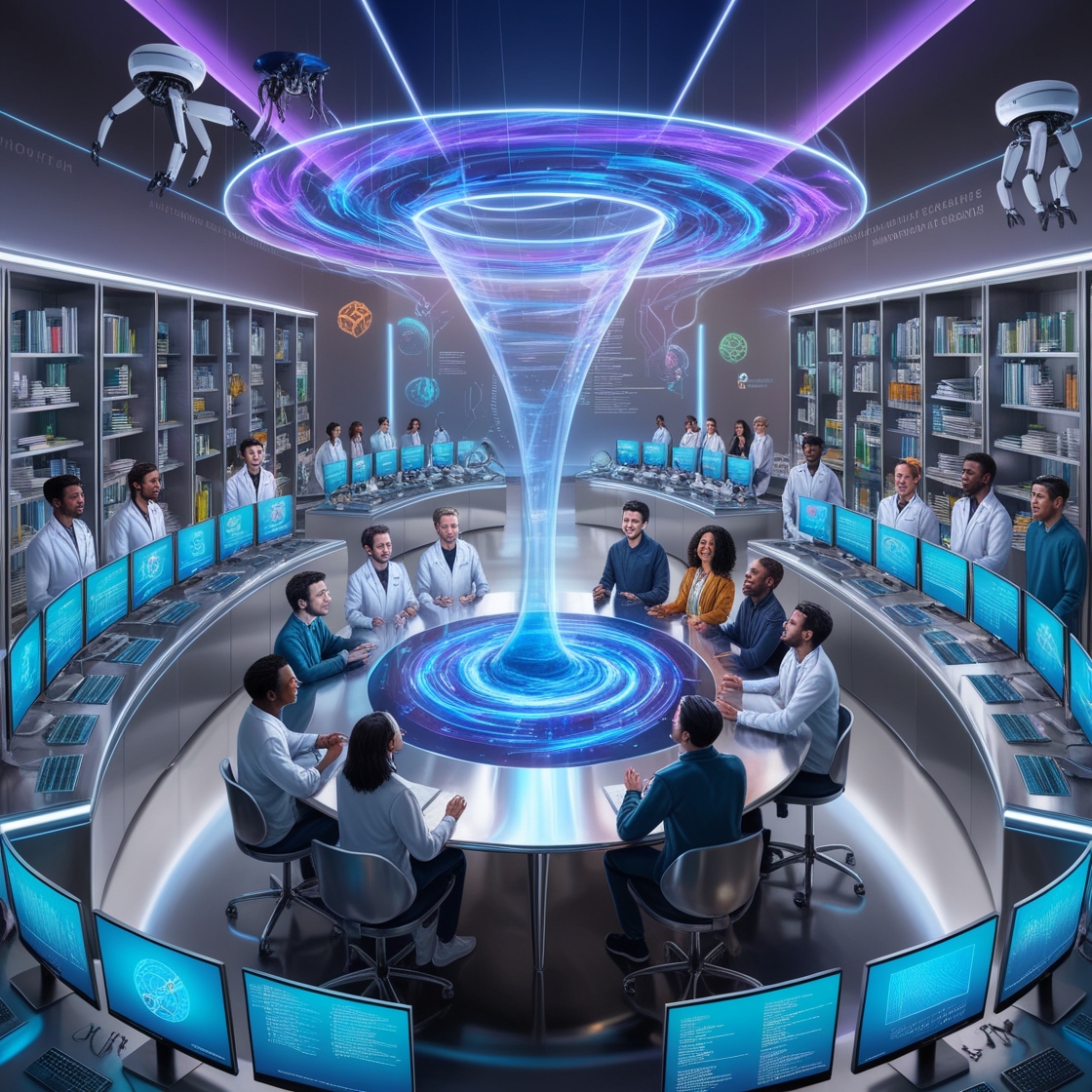Introduction
Artificial Intelligence and Machine Learning aren’t just buzzwords anymore; they are shaping the fabric of our daily lives and industries. With new developments emerging almost daily, it’s crucial to stay informed about what’s happening in this ever-evolving landscape. In this article, we’ll explore some of the latest breakthroughs that are pushing the boundaries of what’s possible.
Recent Breakthroughs in AI
Advanced Natural Language Processing (NLP)
One of the most exciting advancements in AI is in the realm of Natural Language Processing. Technologies like GPT-4 have set a new standard for how machines understand and generate human language. Imagine having conversations with a computer that feels almost like chatting with a friend—this is the power of advanced NLP.
GPT-4 and Beyond
GPT-4 has showcased incredible capabilities, from creative writing to coding assistance. But what’s more impressive is how it understands context and nuance, making AI interactions more natural and human-like. Researchers are already looking ahead to GPT-5, which promises even greater enhancements in understanding complex language patterns.
AI in Healthcare
Healthcare is one sector experiencing remarkable AI breakthroughs. Predictive analytics powered by AI is revolutionizing patient care. By analyzing vast amounts of data, AI can forecast health issues before they arise, leading to preventative measures that save lives.
AI in Art and Creativity
Believe it or not, AI is also making waves in the creative world! Generative Adversarial Networks (GANs) have taken the art scene by storm, enabling machines to create stunning pieces of artwork, music, and even literature. This intersection of technology and creativity opens up fascinating discussions about authorship and artistic value.
Machine Learning Innovations
Reinforcement Learning (RL)
Reinforcement Learning is another area witnessing groundbreaking advancements. By mimicking how humans learn through trial and error, RL is being used to train robots in complex tasks—from playing video games to navigating real-world environments.
Transfer Learning
Transfer learning has become a game changer, allowing models trained on one task to be adapted for another. This drastically reduces the time and resources needed to develop effective AI solutions, making it more accessible for businesses of all sizes.
Ethical Considerations
As we embrace these advancements, it’s vital to consider the ethical implications of AI and ML.
Bias in AI
One of the most pressing issues is bias. If an AI system is trained on flawed data, it will perpetuate those biases. This can have real-world consequences, particularly in sectors like hiring and law enforcement.
Transparency and Explainability
As AI systems become more complex, the need for transparency grows. Users should understand how decisions are made, especially in critical applications. Researchers are exploring methods to make AI decision-making more explainable, enhancing trust and accountability.
AI and Machine Learning in Business
Businesses are increasingly leveraging AI and ML to streamline operations and enhance customer experiences.
Automation of Customer Service
AI chatbots are becoming a staple in customer service, providing quick responses to inquiries. These bots can learn from interactions, improving their responses over time and freeing up human agents for more complex issues.
Predictive Analytics for Marketing Strategies
Marketers are using AI to analyze consumer behavior and predict future trends. By leveraging data insights, businesses can tailor their strategies to meet customer needs, leading to increased satisfaction and loyalty.
Future Trends in AI and ML
Quantum Computing and AI
Looking ahead, quantum computing holds tremendous potential for AI and ML. It could enable unprecedented computational power, allowing for more complex models and faster processing. This intersection may unlock solutions to problems we haven’t even dreamed of yet!
AI Democratization
As tools become more user-friendly, the democratization of AI is on the horizon. This means that even small businesses and individuals can harness the power of AI, creating a more level playing field across industries.
Conclusion
The latest breakthroughs in AI and Machine Learning are nothing short of revolutionary. From advanced NLP to ethical considerations, these developments are changing how we interact with technology and each other. As we embrace these advancements, it’s essential to approach them with a sense of responsibility and awareness of their broader implications.
FAQs
1. What is the difference between AI and Machine Learning?
AI is a broader concept that encompasses any technique that enables machines to mimic human intelligence, while ML specifically refers to algorithms that allow computers to learn from data.
2. How is AI used in healthcare?
AI is utilized for predictive analytics, improving diagnosis accuracy, personalizing treatment plans, and streamlining administrative tasks.
3. What are GANs?
Generative Adversarial Networks (GANs) are a type of AI that can create new data by learning from existing data, widely used in art and image generation.
4. What are the ethical concerns surrounding AI?
Concerns include bias in AI systems, lack of transparency in decision-making, and the potential for job displacement.
5. How can small businesses leverage AI?
Small businesses can utilize AI tools for customer service, marketing analytics, and operational efficiency without needing extensive resources.
